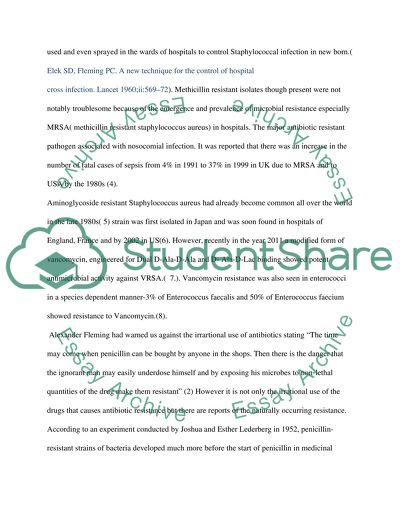Cite this document
(“The Causes of the Development of Antimicrobial Resistance Essay”, n.d.)
Retrieved from https://studentshare.org/biology/1633823-micro-attached-file
Retrieved from https://studentshare.org/biology/1633823-micro-attached-file
(The Causes of the Development of Antimicrobial Resistance Essay)
https://studentshare.org/biology/1633823-micro-attached-file.
https://studentshare.org/biology/1633823-micro-attached-file.
“The Causes of the Development of Antimicrobial Resistance Essay”, n.d. https://studentshare.org/biology/1633823-micro-attached-file.


